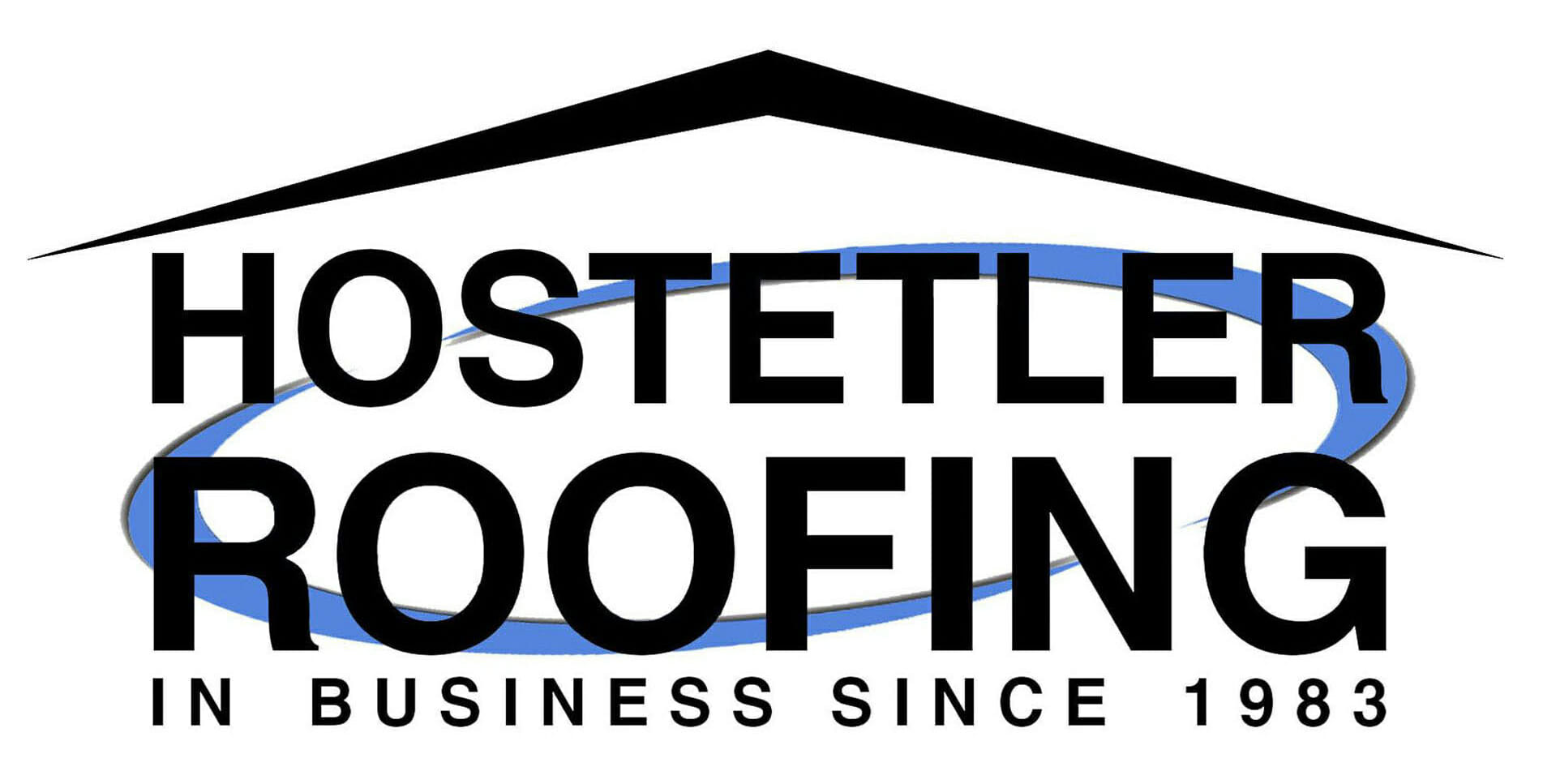Thermoplastic Olefin (TPO) roofing systems have emerged as one of the most popular solutions for commercial buildings across the United States, including Arkansas. Known for their energy efficiency, durability, and cost-effectiveness, TPO roofs are especially ideal for flat or low-slope roofing applications. In this blog, we’ll dive into what TPO roofing is, its advantages, considerations, and why it’s a smart choice for commercial properties in Arkansas.
What is TPO Roofing?
TPO stands for Thermoplastic Polyolefin, a single-ply roofing membrane made from a blend of polypropylene and ethylene-propylene rubber. It is installed in large sheets, usually 10, 12, or 20 feet wide, and heat-welded at the seams to form a watertight surface.
TPO is white or light-colored, which reflects sunlight and helps reduce cooling costs — a major advantage in hot and humid states like Arkansas.
Key Benefits of TPO Roofing Systems
1. Energy Efficiency
TPO’s reflective white surface meets or exceeds ENERGY STAR standards, reducing air conditioning usage during Arkansas’ hot summers. According to the U.S. Department of Energy, reflective roofing can lower roof surface temperatures by up to 50°F.
2. Durability and Weather Resistance
TPO membranes are resistant to:
- UV rays
- Ozone exposure
- Chemical and grease spills
- Mold and algae growth
In Arkansas, where weather can fluctuate between high heat, humidity, storms, and occasional winter conditions, TPO holds up well.
3. Cost-Effective Installation
TPO roofing systems are relatively quick and easy to install, thanks to their wide rolls and lightweight material. This helps reduce labor costs and project timelines.
4. Flexibility and Tear Resistance
TPO can expand and contract with temperature changes, minimizing the risk of cracks or tears, a valuable feature for structures exposed to Arkansas’ seasonal extremes.
5. Environmentally Friendly
TPO is 100% recyclable, and many manufacturers use sustainable production processes. It contains no chlorine, making it safer for the environment compared to some other roofing membranes.
Potential Drawbacks to Consider
While TPO roofing systems offer many advantages, it’s important to consider a few limitations:
- Quality Varies by Manufacturer: Not all TPO products are made the same. Choose a reputable brand and experienced installer.
- Lifespan Compared to Other Membranes: TPO may not last as long as PVC or EPDM in certain conditions, though it still averages 20–30 years with proper maintenance.
Why TPO is Ideal for Arkansas Commercial Buildings
Arkansas experiences a humid subtropical climate with hot summers, occasional snow, and year-round rain. These conditions require a roofing system that’s:
- Reflective to minimize cooling loads
- Resistant to storm damage and water intrusion
- Able to withstand temperature swings
TPO checks all these boxes, making it an excellent choice for local business owners who want reliable performance and energy savings.
Whether you operate a warehouse in Little Rock, a strip mall in Hot Springs, or an office building in Nashville, Arkansas — TPO offers the flexibility and resilience you need.
Cost of TPO Roofing Systems
The average cost for TPO roofing ranges from $5 to $10 per square foot installed, depending on:
- Roof size and complexity
- Insulation type
- Labor rates
- Tear-off or overlay conditions
While upfront costs may be slightly higher than traditional asphalt, the long-term energy savings and low maintenance make TPO a financially sound investment.
Maintenance Tips for TPO Roofs
To maximize the lifespan of your TPO roof:
- Schedule annual inspections (especially after storms)
- Clear debris and standing water
- Reseal flashings and seams as needed
- Hire certified professionals for repairs
Need Help with Commercial Roofing in Arkansas?
At Hostetler Roofing, we specialize in TPO and other commercial roofing systems tailored to Arkansas’ demanding weather. Our expert team ensures proper installation and long-term performance.
Call (870)-557-4797 today to schedule a free consultation or inspection in Arkansas and surrounding areas.
You May Also Like To Read: Types of Commercial Roofing

